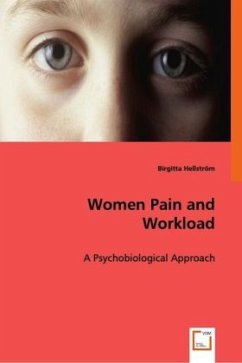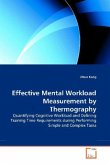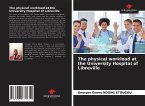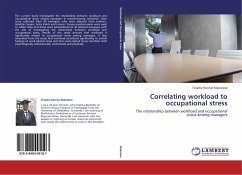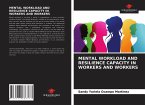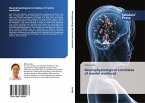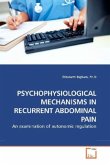From the empirical studies and the theoretical background it is obvious that women?s pain perception, memory and cognitive functioning and stress levels vary across the menstrual cycle. Study I examined how perception of pain was related to gender and phases of the menstrual cycle. The results showed that men tolerated significantly more pain than did women, whose pain thresholds were significantly higher during the second phase of the menstrual cycle, when oestrogen levels are high. Study II investigated whether the perception of chronic pain varies with phases of the menstrual cycle. Analysis showed that women rated pain significantly higher in the menstrual and premenstrual phases, than in the ovulatory phases. Thus, pain was higher, when oestrogen levels are low. Study III investigated the association between workload and cortisol levels in women. Women working excessive overtime had cortisol levels twice as high as did those working normal hours. Highly elevated cortisol could be an important risk factor. Oestrogen seems to have a protective effect on woman?s health, and high levels of cortisol may have a damaging effect.
Bitte wählen Sie Ihr Anliegen aus.
Rechnungen
Retourenschein anfordern
Bestellstatus
Storno

